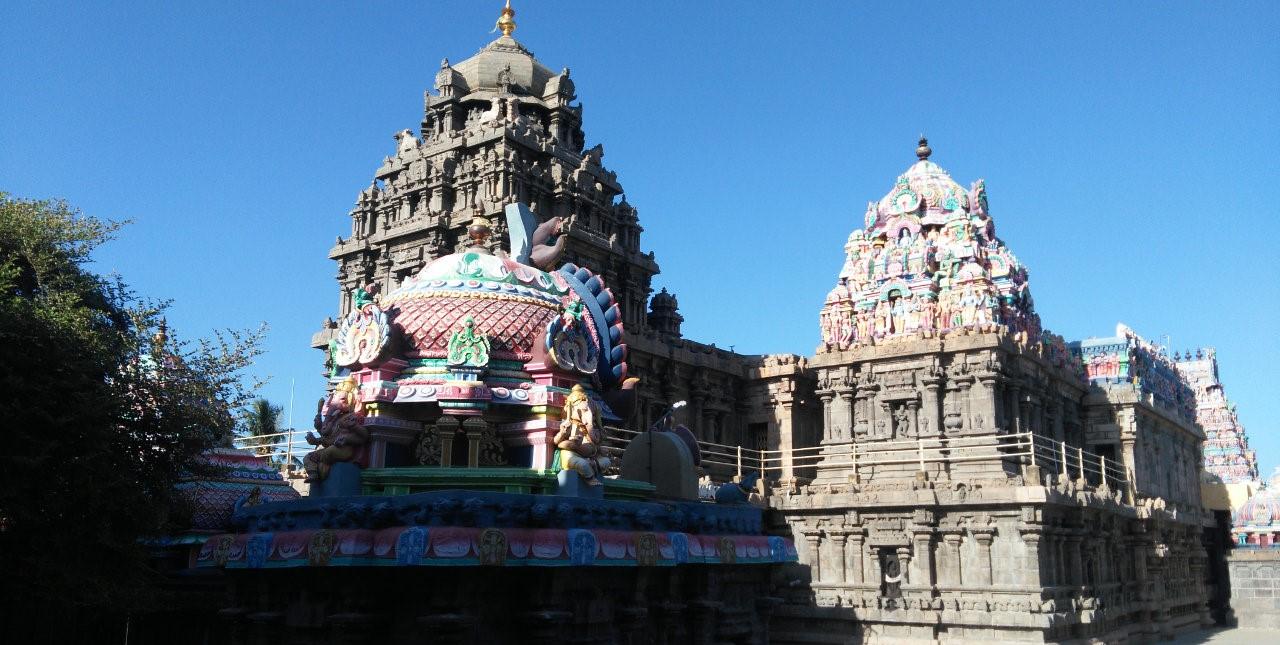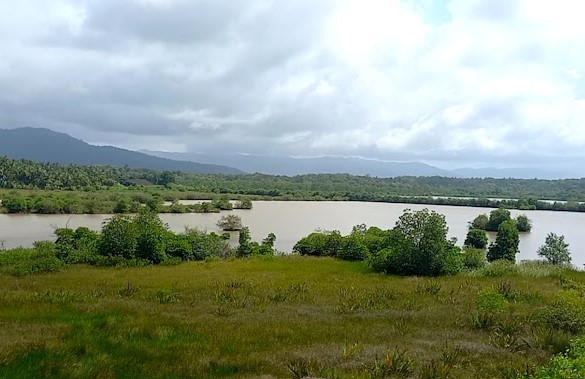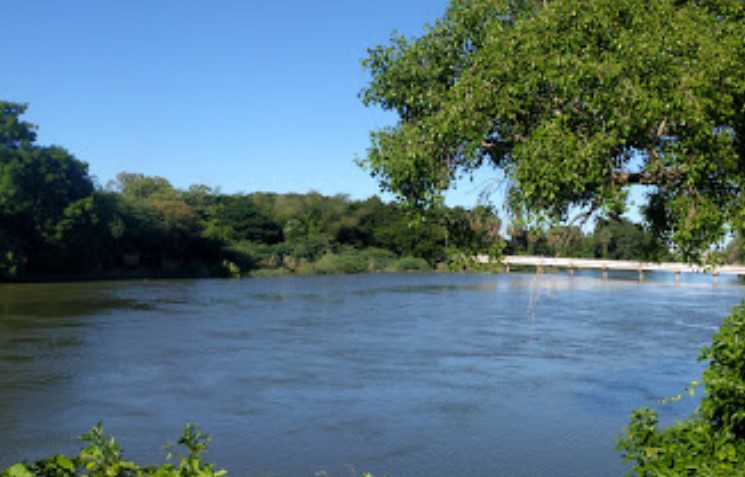- Keezhvelur is situated at a distance of about 14 kms from Thiruvarur on the Thiruvarur to Nagapatinam route. In fact, it is midway between Thiruvarur and Nagapattinam.
- Keezhvelur Kediliappar Temple, located in the Thiruvarur District of Tamil Nadu, is one of the 276 Devara Paadal Petra Shiva Sthalams and the 84th Shiva Sthalam on the southern bank of the River Cauvery in Chozha Nadu (Thenkarai).
- This historic temple is dedicated to Lord Shiva, who is worshipped here as Kediliappar, a self-manifested Swayambhu Murti.
- His consort, Parvati, is revered as Vaana Mulai Amman.
- The temple, constructed by King Kochengata Cholan-one of the 63 Nayanmars-is also known as the "Kubera Sthalam." It features a striking east-facing entrance, two corridors, and a majestic 7-tier Rajagopuram (main tower).
- The last Maha Kumbabishekam (consecration ceremony) took place on May 1, 2015, with previous ceremonies held on April 11, 1999, and September 1, 1963.
- The historical name of the region is Keevalur.
- To distinguish it from other places named Velur, it was named Keezhvelur, as it lies to the east.
- The temple is situated at an elevation on Chitrakootagiri hill, positioned halfway between Nagapattinam and Thiruvarur.
- It is one of the shrines praised in the early mediaeval Thevaram poems by the Tamil Saivite saints Thirugnana Sambandar and Thirunavukkarasar, marking its significance in the rich cultural heritage of the area.
PURANIC SIGNIFICANCE:
Lord Muruga penance on Lord Shiva:
Lord Muruga sought the blessings of Lord Shiva to cleanse himself of the sin he incurred for killing demon Soorapadman in Tiruchendur. Lord Shiva advised the Son to create a spring in Keezha Velur and worship him to accomplish the purpose. Lord Muruga reached this place with his Nava-Nine commanders. To begin the worship, first, Lord Muruga made a Vinayaka with turmeric (Manjal in Tamil) powder. That place near Velur is now called Manjadi. With the help of Maya the divine sculptor, he built a beautiful Shiva Temple with a Vimana called Pushkala Vimana.
Creating a spring with his Vel weapon on the east entrance, he bathed in the water along with his commanders and all army men. Completing all the preliminaries, Lord Muruga began an intense penance on Lord Shiva. Evil spirits began to spoil the Lord’s penance. He sought the help of Mother Parvathi, who in the name of Anju Vattathu Amman – Mother covering five circles – four directions and the sky – appeared there and protected Lord Muruga and his penance.
Agasthya cursed a king of the forest to become donkey:
Agasthiyar was penancing at Vindhya Parvatham. Here there was a king of the forest who was disturbing the people who visited Agasthiyar place. Agasthiyar cursed him to become a donkey. In their next birth the two donkeys were in a business man’s house. He used them to transport commodities. Once they came to this temple with their master and drank the water in the Brahma Pushkarani, and they were able to look into their previous birth and started conversing among them. The master was afraid of the donkeys speaking like human beings and he left them. They went around the temple and heard a voice asking them to take bath, worship Lord Siva on Full moon day of Adi (July) for four days and drink the Water of Brahma
Lord Shiva danced for Agasthya:
Shiva is said to have danced with his right foot raised, for Agasthiar.
Guberan helped a devotee here:

Guberan came here to help out a poor devotee by name Chandragupta.
HISTORY:
- The legend is that once upon a time, when the Devas and Asuras were churning the “Thiruparkadal” ocean to extract nectar, it is believed that a drop of the nectar fell on the ground at two places – one in north India and the other one at this place.
- The place where it fell in north India is known as “North Badarikaranyam” (present Badrinath in Uttarakhand state) and this place is known as “South Badarikaranyam”.
- Badri refers to “Elanthai” tree and once this region was a forest densely covered with badri trees.
- The sthalaviruksham of this temple is also badri tree.
- There are three stone inscriptions in this temple - two belong to the Tirubuvana Chakravarthi Raja Raja Cholan and one belongs to Tanjore Maratha king Thulajaji.
- As Lord Murugan (“Vel”) worshipped Lord Shiva here, this place gets the name Velur.
- The temple is built at an elevation of about 21 feet with 18 steps on the hillock and is known as “Chithira Kooda Parvadam”.
PURANIC SIGNIFICANCE 2:
According to the Sthalapuranam, Lord Murugan sought Lord Shiva's blessings to cleanse himself of the "Veerahathi dosham," a sin incurred from slaying the demon Surapadman. Following Shiva's guidance, Murugan journeyed to a sacred site near Velur to perform penance. There, he fashioned a Vinayakar idol from turmeric (known as "Manjal" in Tamil) and devoted himself to worship.
To aid in his penance, he created a pond using his spear, the 'Vel.' With assistance from Indra and Maya, the divine sculptor, he constructed a magnificent temple dedicated to Lord Shiva.
During his meditation, Murugan faced disruptions from Veerahathi, who manifested as “Mayas.” Seeking help, he turned to Lord Shiva, who summoned Goddess Parvati to shield him. Parvati appeared as “Badrakaali,” enveloping the area in protection and covering all directions, earning her the title “Anju Vattathu Amman” (meaning “five circles” in Tamil). She is also revered as Kaali.
It is believed that Sage Agasthiyar performed penance in this holy place. Pleased by his devotion, Lord Shiva granted Agasthiyar a divine vision of his wedding and cosmic dance. This site is unique as it is said that Shiva danced with his left leg grounded and his right leg lifted.
During this celestial dance, various deities participated:
Mahavishnu played an instrument (the "Mathalam"), Mahalakshmi clapped, Brahma provided rhythm, Saraswathi strummed the veena, and Indra played the flute, while Vinayakar and Murugan sang hymns. Sages Agasthiyar, Patanjali, and Viyakrapathar also revered this divine performance, with idols depicting the dance displayed in the temple's main hall.
On an auspicious "Atchaya Tirithia" day, it is believed that Kuberan visited and worshipped at this site, receiving from Lord Shiva nine pots of wealth, including the coveted “Sanga Nidhi” and “Paduma Nidhi.”
PEOPLE WHO WORSHIPPED HERE:
Numerous divine beings, including Mahavishnu, Brahma, Krishna, Murugan, Indra, Kuberan, Agni, Vayu, Yama, Chandran, the Navagrahams, and revered sages like Agasthiyar, Vashistar, Markandeya, along with saints Thirugnanasambanthar and Appar, have all worshipped the Lord at this sacred location.
ADMINISTRATION:
This temple is under the administrative control of the Hindu Religious and Charitable Endowments Department of Government of Tamil Nadu (HR&CE).


